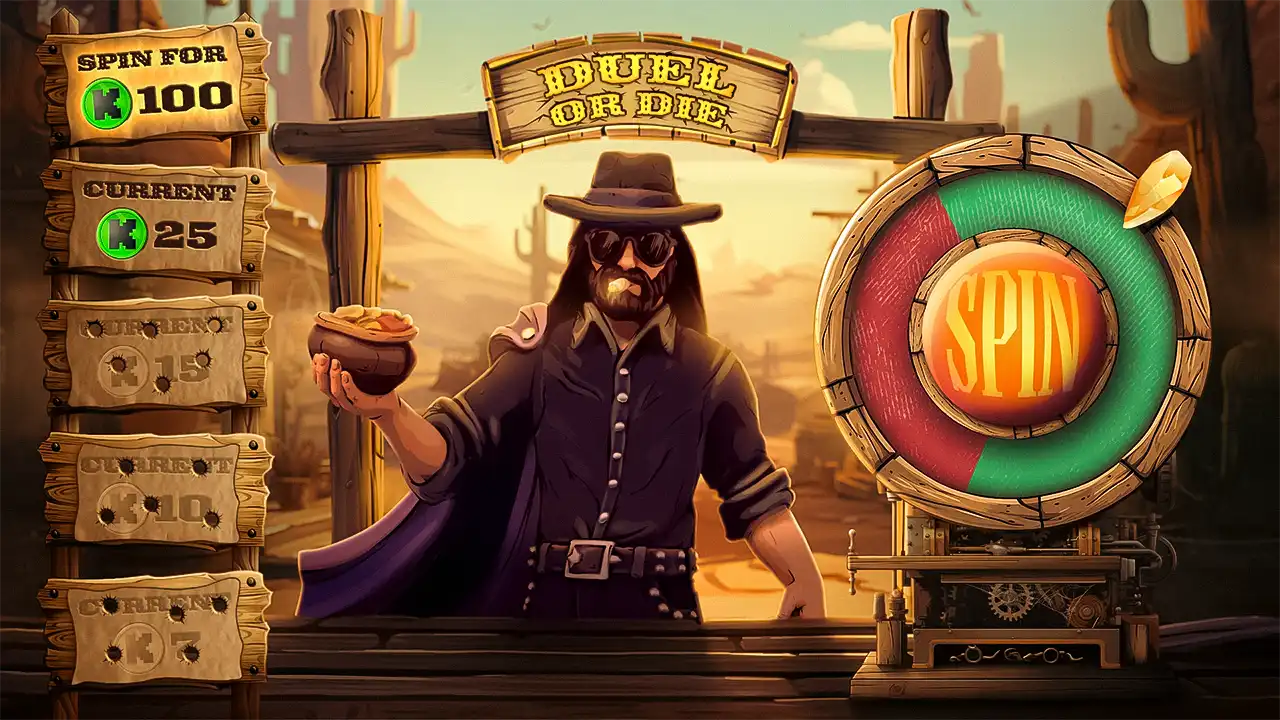
How to Read Different Types of Sports Betting Odds?
11 Jan 2023
Learning how to read and understand sports betting odds is a critical step in becoming a successful sports bettor. However, while the idea of betting on sports is quite simple, the betting format can be very confusing for newcomers. It is presented in many ways with different numbers meaning different things. Here is a thorough breakdown of how to navigate the sports betting world.
How Do Sports Betting Odds Work?
In any sports match, the outcome is completely independent of sports bets. Despite every match having a certain probability of playing out, no one, except maybe some omnipresent being, actually knows the odds. The odds you see on sportsbooks aren’t actual chances of the match’s result. They are only the implied probability, calculated by individual sports betting sites. And, not all sports betting sites feature the same odds.

Whenever you place a bet, you are essentially accepting or challenging someone else’s implied probability. This is where the sportsbook comes in. They act as a mediator between you and another punter and charge a fee called the “vig”.
What is the Vigorish (Vig)?
In traditional sports betting, the vigorish (or "vig" or "juice") is the commission that the sportsbook takes on bets. It is in place to ensure the sportsbook makes a profit on every bet, regardless of the outcome.
In a sense, the vig is like a tax on bets. It is the price that the bettor has to pay for the privilege of placing a bet. Generally, the vig comes in the form of a percentage and it’s taken before the bet is settled regardless of whether the punter wins or loses. For example, if a bettor places a $100 bet on a football game with a vig of 10%, $10 is paid to the sportsbook instead of used to multiply your payout.
Sportsbooks hide their house edge in their odds, which is why it is imperative to understand how to read betting odds. The terms and conditions and FAQ pages won't feature any "vig" sections, as the vig is already included.
Most Popular Sports Betting Odd Types
The sports betting industry has many different sports betting types rather than one universal method. That’s because people have different interests and preferences. Furthermore, different sports are more suitable for different types of betting. Some sports, like football, work better with point-spread betting, while other sports, like baseball, are more suited to moneyline betting.

Additionally, different sports may have different rules and scoring systems, which can affect the types of bets that can be placed. Finally, different countries and regions may have different cultural and legal traditions when it comes to gambling, which can also influence the types of sports betting that are available. There are three main sports betting types:
- Money Line Odds - Displayed as a “+” or “-” followed by a number (-150, +600, etc.)
- Fractional Odds - Displayed as a ratio (6/1, 5/2, 12/15, etc.).
- Decimal Odds - Displayed as decimals (1.5, 2.35, 7.00, etc.)
Although quite different, the purpose of each is the same - to tell you how much you'll win if your bet is successful. In general, there is no "right" or "wrong" way to express betting odds, and the various systems have evolved over time to meet the needs and preferences of bettors in different parts of the world.
Understanding American Odds (Moneyline)
American odds, also known as moneyline odds, is a system of expressing the probability used in the United States. The biggest advantage of using American odds is that they always clearly indicate which team is a favorite and which one is the underdog. Any team with a “-” in front of their odds is a favorite and teams with a “+” are considered the underdogs.
One of the main differences between American odds and other forms of odds, such as fractional or decimal odds, is that they are based on a $100 bet and do not express the total payout.
If the odds are positive, they signify the amount of profit to be won upon successfully placing a bet of $100. Negative American odds, on the other hand, indicate the number of units that must be wagered in order to earn a profit of $100.
Here are some examples of moneyline bets:
- +150: A successful $100 bet would get you $150 in profit.
- -120: You would need to bet $120 to win $100 in profit.
Calculating Moneyline Implied Probability
Whenever you’re looking to place a bet using the American system you’ll need this formula to calculate the sportsbook’s implied probability. They have separate methods to calculate the negative and positive American odds.
- Favorites (negative odds) - Odds / (Odds + 100) * 100 = Implied Probability
- Underdogs (positive odds) - 100 / (Odds + 100) * 100 = Implied Probability
Furthermore, If you’d like to also know the vig, or generally how much is the sportsbook up-charging you, simply add the implied probabilities of each team together and subtract 100. For example, if Team A’s implied probability is 70% and Team B’s 37% then the vig is 7%. This works for all other betting types.
Understanding European Odds (Decimal)
Decimal odds are most commonly used in Europe. They are perhaps the simplest of the sports betting lines to read. The odds are expressed as a decimal number, which represents the total return on a winning bet, including the original stake. Simply multiply your wager with any given odds, and you’ve got your total payout. For example, if the sports odds are 2.50, a winning bet of $100 will return a total of $250, with a profit of $150.

Generally, teams and individuals with lower decimal odds are considered more likely to win by the sportsbooks and are therefore the favorites, whereas those with higher decimal odds are the underdogs.
Few examples using $10 bets:
- 1.25 odds - $12.5 ($2 profit)
- 2.35 odds - $23.5 ($13.5 profit)
- 3.00 odds - $30 ($20 profit)
Decimal Implied Probability Formula
Calculating the implied probability with decimal odds is also much simpler compared to the American system. Simply divide 1 by your odds and multiply by one hundred.
- (1 / Odds) x 100 = Implied Probability
Understanding British Odds (Fractional)
One of the advantages of fractional odds is that they are easy to understand and calculate. They are most commonly used in the UK, hence the name, but they are also very popular in certain sports like horse racing.
The fraction represents the amount you will win in relation to your bet. For example, if the odds are 4-1, then you will be able to win four units of currency for every unit of currency you bet. Thus, it is very easy to estimate your potential winnings, as all you have to do is multiply the bet by the odds to get the total amount of money you will make.
Another advantage of British odds is that they allow you to see exactly how much you stand to win relative to your bet. This can be helpful when comparing odds at different bookmakers.
You can tell which team or individual is the favorite or underdog by looking at the betting line. The team or individual with the lowest odds is usually the favorite, whereas the team or individual with the highest odds is usually the underdog.
For instance, in a match where the odds are 2-1 in favor of one team and 5-1 in favor of the other, the first team would be considered the favorite and the second team the underdog.
Some examples of fractional odds:
- 2/1 odds - A bet of $1 will result in a total of $3 with a profit of $2.
- 5/2 odds - A bet of $2 will result in a total of $7 with a profit of $5.
- 7/3 odds - A bet of $3 will result in a total of $10 with a profit of $7.
Fractional Implied Probability Formula
Fractional odds’ implied probability is much easier to calculate since there is no negative or positive.
- Bottom number / (Bottom number + Top number) x 100 = Implied Probability.




